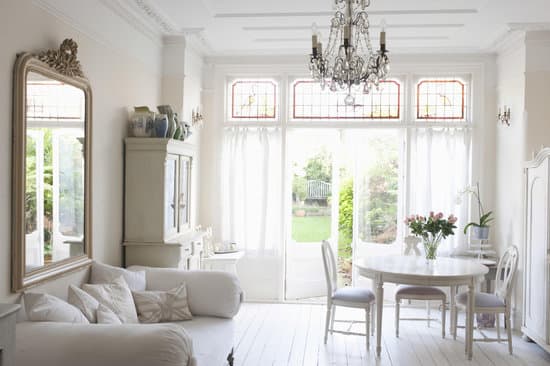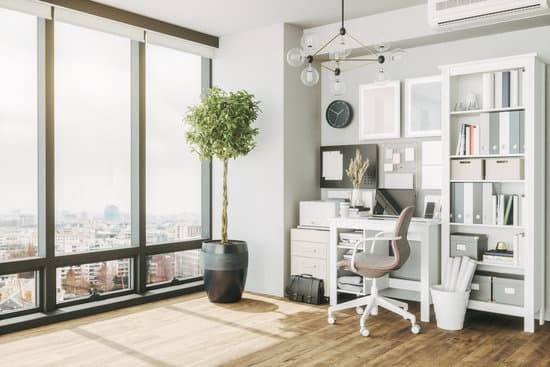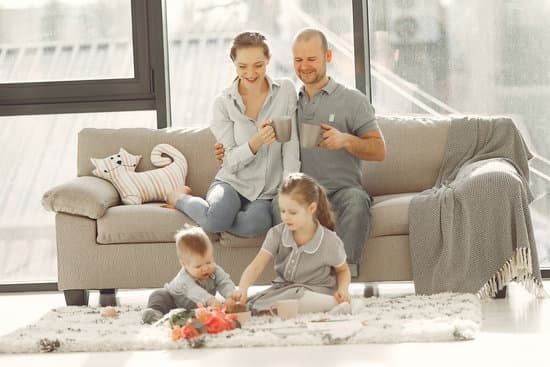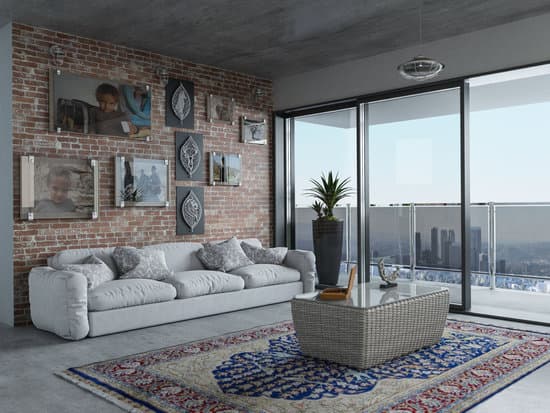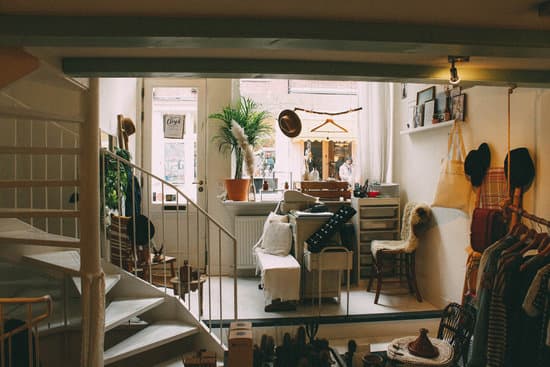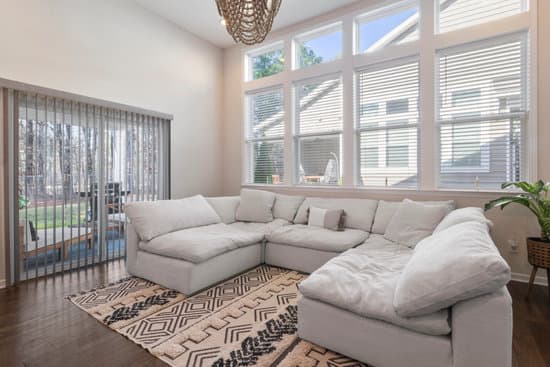Is it Smart to Buy a 100-Year-Old House?
Old houses often have a charm that newer homes simply can’t match. From ornate details on moldings, wainscoting, and fireplaces to spacious front porches and large lots with mature landscaping, there are plenty of reasons why you might be interested in purchasing a 100-year-old house. However, before jumping in, it’s essential to understand the potential issues that come with an older home.Hidden Structural Issues in Old Homes
Old homes have stood the test of time, but that doesn’t mean they’re immune to structural issues. Common problems found in older homes include:- Foundation issues: Foundation problems such as settling, sinking, or shifting can occur over time and may lead to structural weaknesses.
- Roofing: The roof may look fine on the outside, but the shingles, flashing, and underlayment may be damaged or worn out, leading to leaks and water damage.
- Plumbing and electrical issues: Older homes may have galvanized steel pipes, which can corrode and clog over time. Electrical systems may also be outdated, leading to safety concerns.
Unveiling Hazardous Materials in Antique Houses
Another potential issue with older homes is the presence of hazardous materials. Lead paint was widely used before it was banned in 1978, and many older homes still contain lead-based paint. Homes built before the 1960s may also contain asbestos in insulation, flooring, and pipe wrapping. Radon gas may also be present, which can be harmful to health. It’s essential to hire a qualified inspector to check for hazardous materials before purchasing an older home. If hazardous materials are detected, you can work with a contractor to have them safely removed or remediated.Potential Pest Problems in Vintage Homes
Pests are another potential issue in antique homes. Older homes may have cracks and holes where pests can easily enter, and the attic or basement may be a haven for rodents or insects. Common pests found in older homes include termites, ants, rodents, and cockroaches. Before purchasing an older home, it’s essential to have it inspected by a pest control professional. They can check for signs of pest problems and recommend treatment options if necessary.Weathering the Test of Time: Maintenance Challenges of an Old House
Older homes require more maintenance than newer homes. Over time, you may need to replace the roof, foundation, plumbing, or electrical systems. You may also need to update the heating, ventilation, and air conditioning (HVAC) system, install new windows and doors, and upgrade insulation. Older homes also require regular maintenance, such as painting, to keep them looking their best. Before purchasing an older home, it’s important to understand the potential maintenance challenges and costs. You should budget for regular maintenance and repairs to keep the home in good condition.Inspecting and Evaluating an Antique House Before Purchase
Before purchasing an antique home, it’s vital to have a thorough home inspection and evaluation. Here are a few key things to consider:- Structural issues: Look for cracks in the foundation, sagging floors, or other signs of structural damage.
- Hazardous materials: Check for lead-based paint, asbestos, or radon gas.
- Pest problems: Look for signs of rodents, termites, or other pests.
- General condition: Evaluate the overall condition of the home, including the roof, HVAC system, plumbing, electrical system, and other key systems.
The Benefits and Charms of Living in a 100-Year-Old Home
Despite these potential issues, living in a 100-year-old home can be a unique and rewarding experience. Older homes often have features that simply can’t be replicated in newer homes, such as:- Distinctive architecture: Older homes may have ornate moldings, built-in shelves, and other unique architectural features.
- Large lots: Older homes may be situated on large lots with mature landscaping and plenty of privacy.
- Spacious rooms: Older homes often have large rooms with high ceilings, offering plenty of space and natural light.




